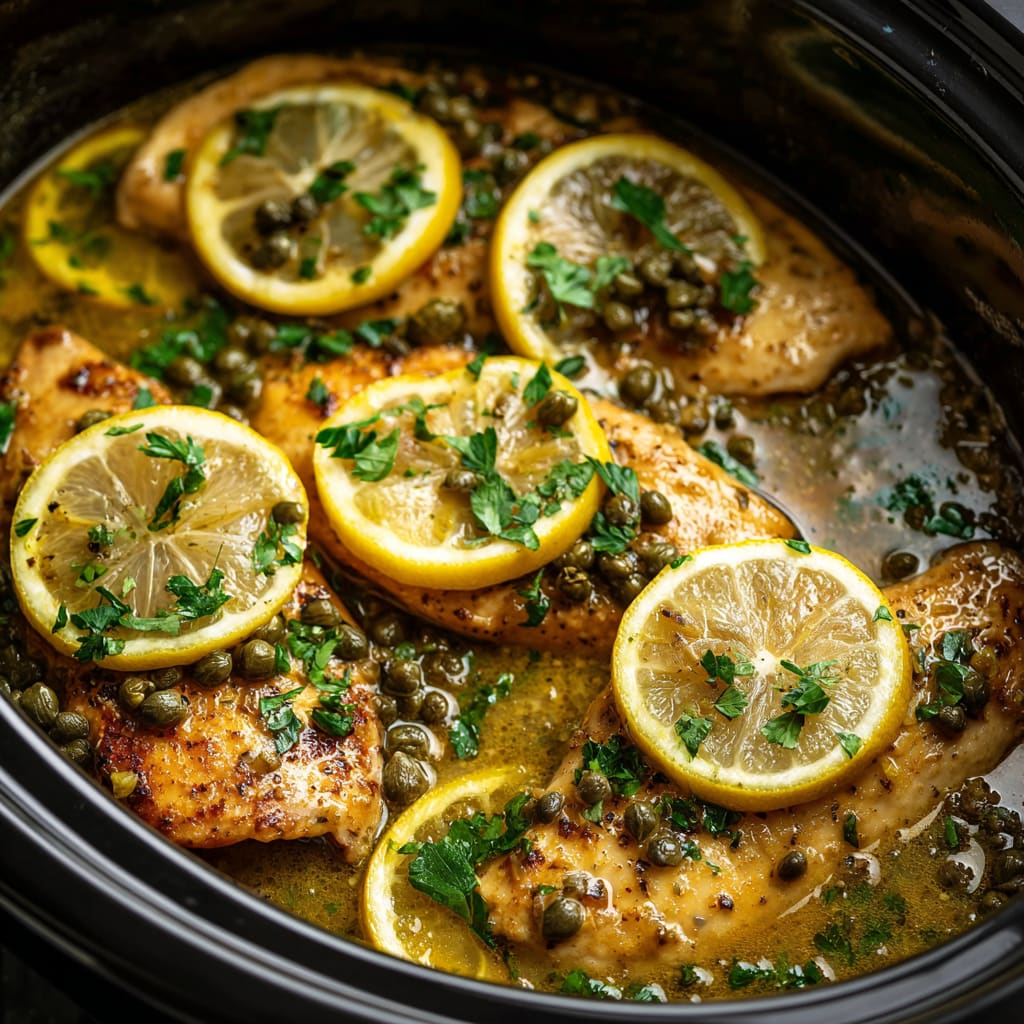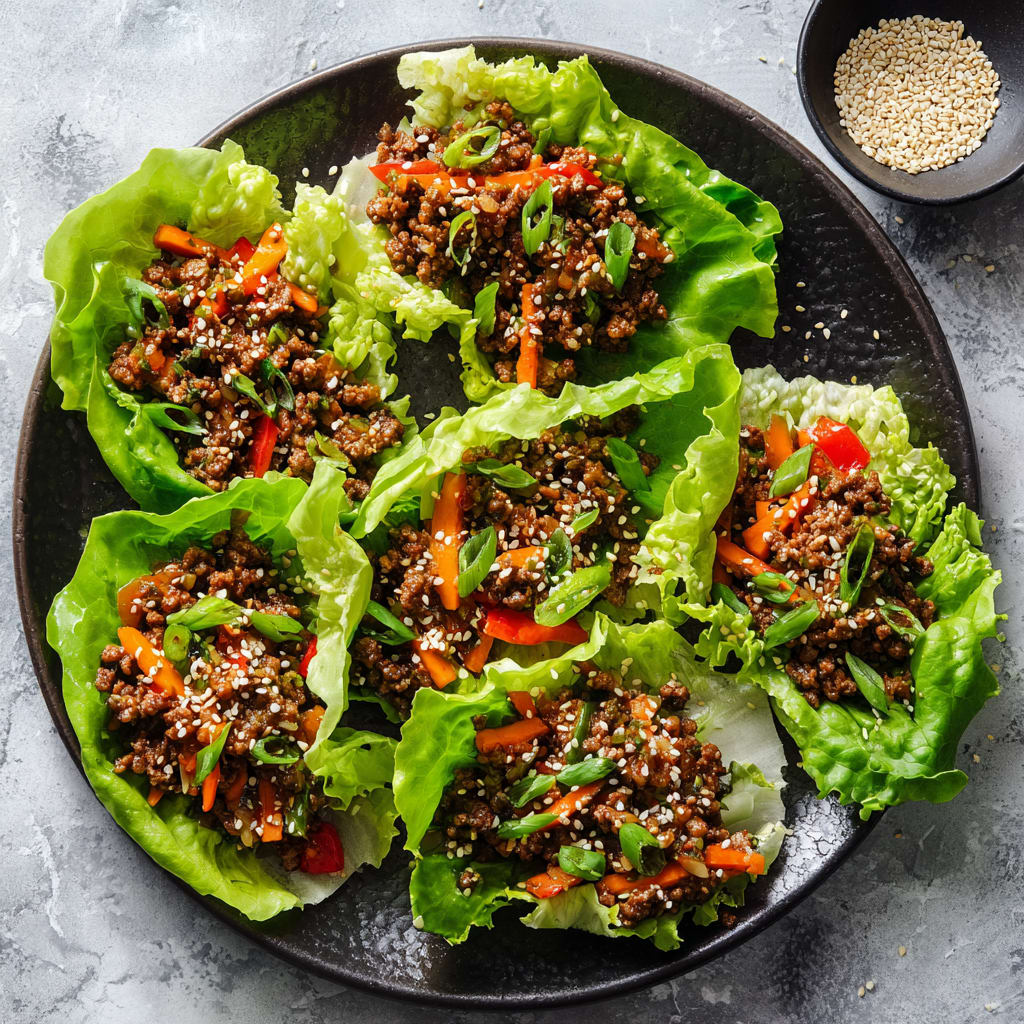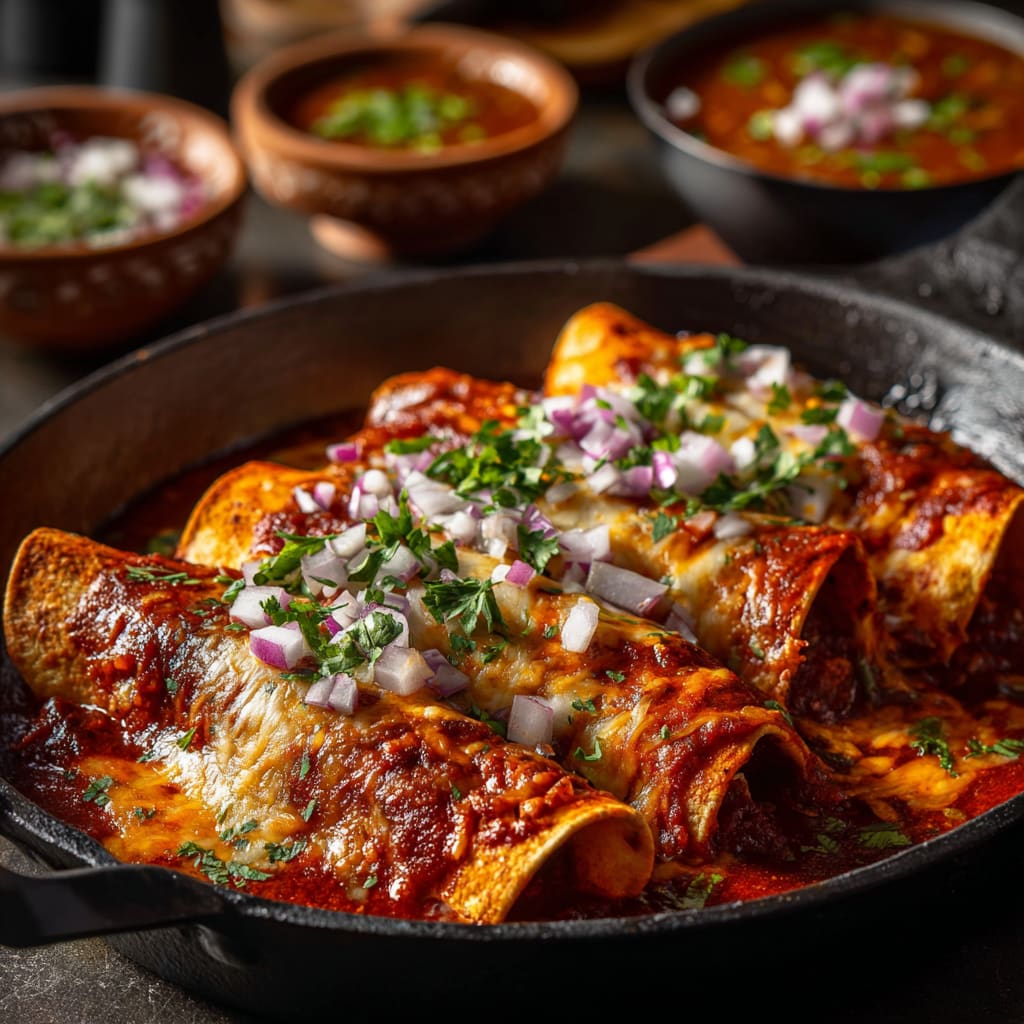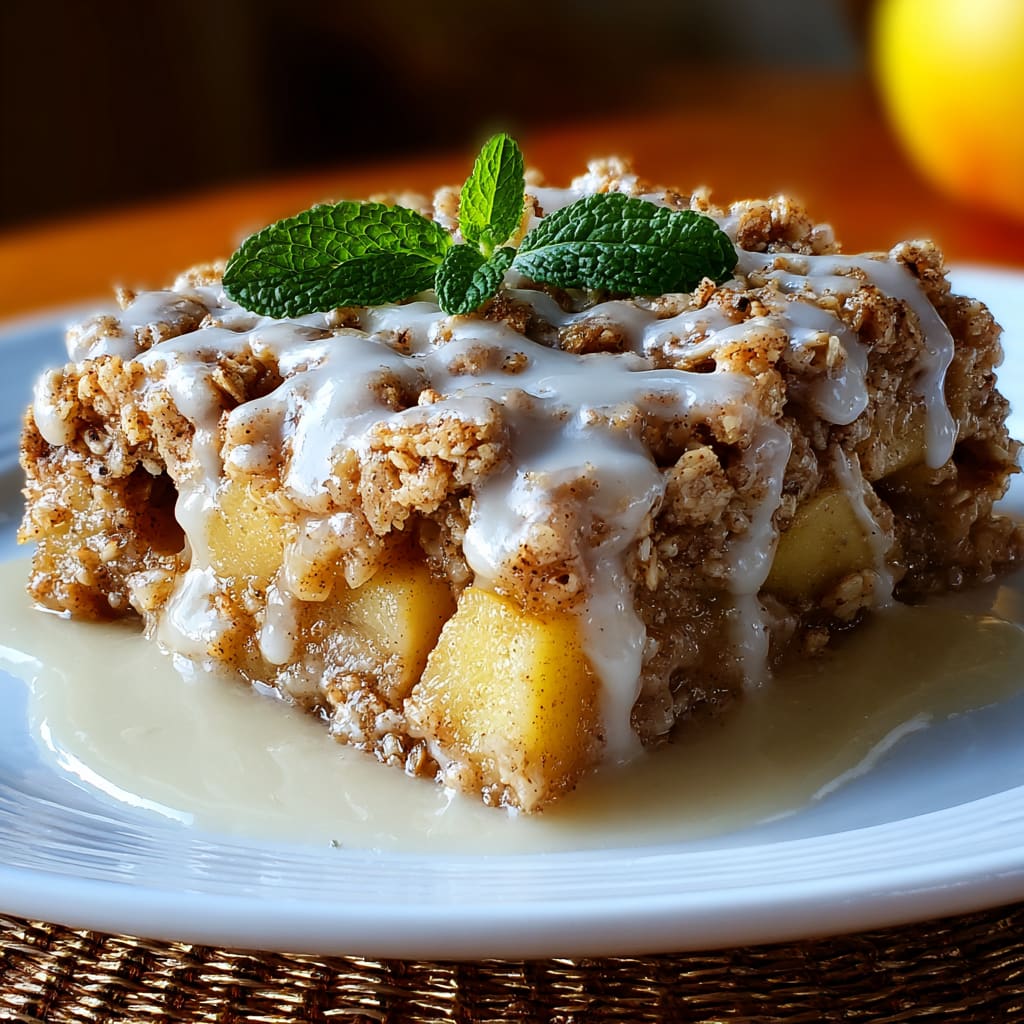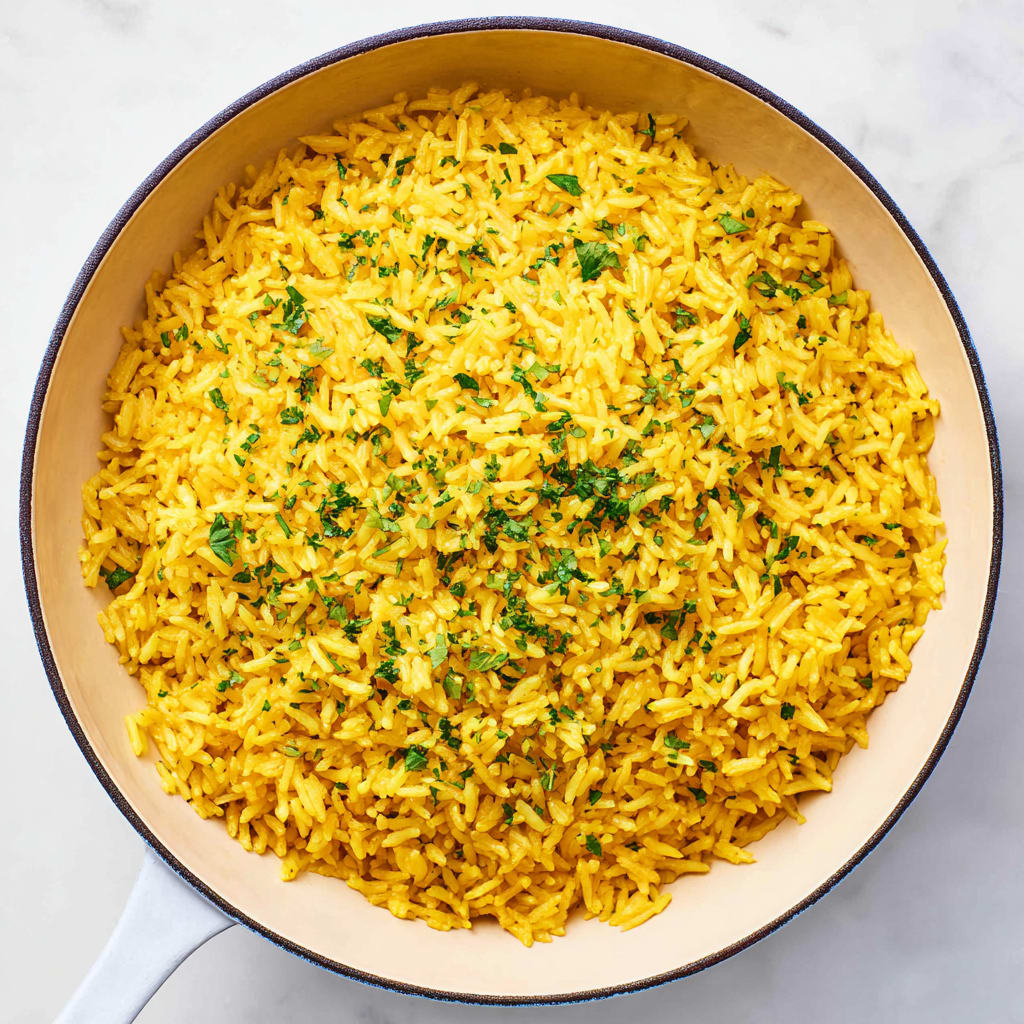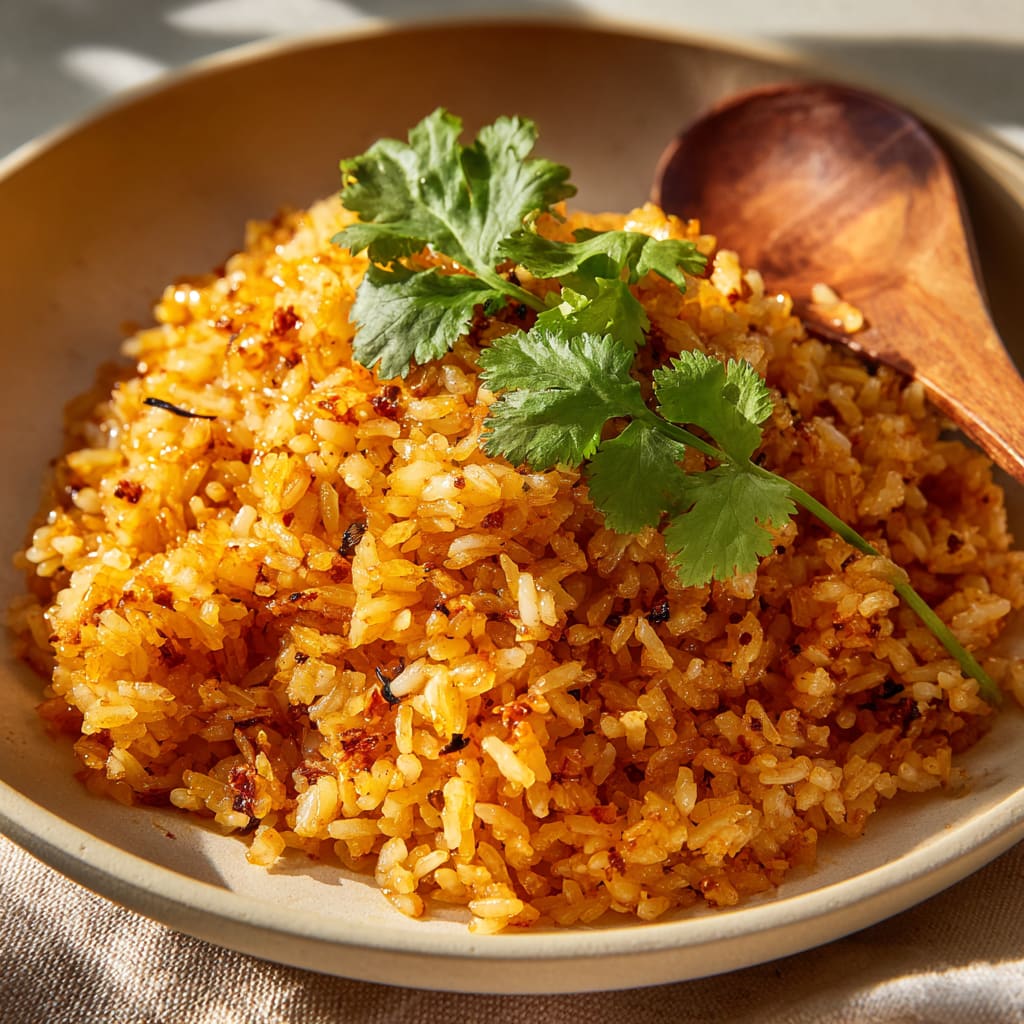The irresistible aroma of ginger, garlic, and lemongrass mingling with creamy peanut sauce will transport you straight to the vibrant streets of Thailand with this Thai Peanut Chicken. This beloved dish balances sweet, savory, and spicy notes in perfect harmony, creating a taste sensation that’s both comforting and exotic. Whether you’re a longtime fan of Thai cuisine or exploring these flavors for the first time, this Thai Peanut Chicken recipe delivers restaurant-quality results with surprisingly little effort. You’ll learn how to create a silky, complex peanut sauce that transforms simple chicken into a memorable meal your family will request again and again.
Why You’ll Love This Recipe
There’s something magical about Thai Peanut Chicken that keeps people coming back for more. The rich, velvety sauce clings perfectly to tender chunks of chicken, creating a satisfying textural contrast with each bite. What makes this version special is the balanced flavor profile – not too sweet, not too spicy, but endlessly customizable to your preference.
This recipe is weeknight-friendly, coming together in under 30 minutes while delivering complex flavors that taste like they’ve been developing for hours. The sauce hits all the right notes: creamy from the peanut butter, tangy from lime juice, savory from soy sauce, with subtle heat from red pepper flakes that builds gradually rather than overwhelming your palate.
Best of all, this Thai Peanut Chicken relies primarily on pantry staples, meaning you can satisfy your Thai food craving without a special shopping trip. The combination of crunchy vegetables, protein-rich chicken, and that irresistible sauce creates a complete meal that feels indulgent while actually being quite wholesome.
Ingredients
For the Thai Peanut Chicken, you’ll need:
- 1½ pounds (680g) boneless, skinless chicken breasts or thighs, cut into 1-inch pieces
- 2 tablespoons (30ml) vegetable oil, divided
- 1 red bell pepper, sliced into thin strips
- 1 cup (70g) broccoli florets
- ½ cup (75g) thinly sliced carrots
- 3 garlic cloves, minced
- 1 tablespoon (15g) fresh ginger, grated
- ¼ cup (60g) natural peanut butter (smooth)
- 3 tablespoons (45ml) low-sodium soy sauce
- 2 tablespoons (30ml) rice vinegar
- 2 tablespoons (30ml) honey or brown sugar
- 1 tablespoon (15ml) lime juice
- ¼-½ teaspoon red pepper flakes (adjust to taste)
- ½ cup (120ml) chicken broth
- 3 green onions, sliced (for garnish)
- ¼ cup (35g) chopped roasted peanuts (for garnish)
- Fresh cilantro leaves (for garnish)
The foundation of authentic Thai peanut sauce comes from natural peanut butter – avoid brands with added sugar or hydrogenated oils for the best flavor. Fresh ginger and garlic are non-negotiable, as they provide the aromatic base that makes this chicken peanut stir fry so distinctive.
Pro Tips
Perfect your sauce consistency: The key to restaurant-quality Thai Peanut Chicken is getting the sauce just right. If your peanut sauce becomes too thick after adding to the pan, add chicken broth one tablespoon at a time until you reach your desired consistency. Conversely, if it’s too thin, let it simmer uncovered for an extra minute or two to reduce and thicken naturally.
The protein technique: For the most tender chicken in your Thai chicken with peanut sauce, avoid overcooking. Cook the chicken pieces until just done (about 4-5 minutes for bite-sized pieces), then remove them from the pan while you prepare the vegetables and sauce. Return the chicken to the pan at the final step to warm through without becoming tough or dry.
Balance of flavors: True Thai cuisine achieves a perfect harmony between sweet, salty, sour, and spicy elements. After preparing your peanut sauce, taste and adjust these elements as needed: add more honey for sweetness, soy sauce for saltiness, lime juice for sourness, or red pepper flakes for heat. This customization makes your Thai Peanut Chicken perfectly tailored to your preferences while maintaining authentic flavor balance.
Instructions
Step 1: Prepare the chicken
Pat the chicken pieces dry with paper towels and season with a pinch of salt and pepper. Heat 1 tablespoon of oil in a large skillet or wok over medium-high heat until shimmering. Add the chicken pieces in a single layer (work in batches if necessary to avoid overcrowding). Cook for 4-5 minutes, turning occasionally, until the chicken is golden brown and just cooked through. Transfer to a clean plate and set aside.
Step 2: Sauté the aromatics and vegetables
In the same pan, add the remaining tablespoon of oil. Add the minced garlic and grated ginger, stirring constantly for 30 seconds until fragrant. Add the bell pepper, broccoli, and carrots to the pan. Stir-fry for 3-4 minutes until the vegetables begin to soften but still maintain some crispness.
Step 3: Create the peanut sauce
While the vegetables cook, whisk together the peanut butter, soy sauce, rice vinegar, honey, lime juice, red pepper flakes, and chicken broth in a medium bowl until smooth. If your peanut butter is particularly thick, microwave the mixture for 15-20 seconds to help it blend more easily.
Step 4: Combine everything
Pour the peanut sauce over the vegetables in the pan. Bring to a gentle simmer, then reduce heat to medium-low. Let the sauce thicken slightly for 2-3 minutes, stirring occasionally. Return the cooked chicken to the pan, along with any accumulated juices. Gently toss everything together until the chicken is well-coated and heated through, about 2 minutes.
Step 5: Garnish and serve
Remove the Thai Peanut Chicken from heat and transfer to a serving platter or individual plates. Sprinkle with sliced green onions, chopped peanuts, and fresh cilantro leaves. Serve immediately with steamed jasmine rice or rice noodles for a complete meal that brings the vibrant flavors of Thailand to your dinner table.
Variations
Vegetarian Thai Peanut Stir-Fry: Transform this Thai Peanut Chicken into a plant-based delight by substituting the chicken with 14 ounces (400g) of extra-firm tofu, pressed and cubed. For additional protein and texture, add ½ cup of edamame beans. Use vegetable broth instead of chicken broth and consider adding more vegetables like snow peas, mushrooms, or baby corn to create a colorful, nutrient-dense meal that maintains all the signature flavors of the original.
Spicy Coconut Thai Peanut Chicken: For a richer, more indulgent version of this Thai chicken with peanut sauce, replace half the chicken broth with coconut milk and increase the red pepper flakes to 1 teaspoon (or add 1-2 tablespoons of Thai red curry paste). This creates a creamier sauce with a more pronounced heat that pairs beautifully with the sweetness of the coconut milk. Finish with a squeeze of lime and extra cilantro to balance the richness.
Thai Peanut Chicken Noodle Bowl: Transform this dish into a complete one-bowl meal by adding 8 ounces (225g) of cooked rice noodles directly to the sauce at the final step. Add ¼ cup of bean sprouts and a tablespoon of fish sauce for additional authentic flavor. This variation creates a satisfying noodle dish reminiscent of Pad Thai but with the distinctive peanut sauce that makes Thai Peanut Chicken so beloved.
Storage and Serving
Thai Peanut Chicken stores beautifully, actually improving in flavor as the ingredients meld together. Refrigerate leftovers in an airtight container for up to 3 days. When reheating, add a splash of chicken broth or water to revitalize the sauce, as it tends to thicken when chilled. For best results, reheat gently on the stovetop rather than in the microwave to prevent the chicken from becoming tough.
For serving, create a complete Thai-inspired feast by pairing your Thai Peanut Chicken with jasmine rice or coconut rice to soak up the delicious sauce. For a lighter option, serve over cauliflower rice or alongside a simple cucumber salad dressed with rice vinegar and a touch of sugar.
For an impressive presentation, serve your peanut chicken in a hollowed-out pineapple half, garnished with extra peanuts and lime wedges for squeezing. This creates a stunning tropical presentation that elevates this humble dish to dinner party status. For casual family meals, provide additional garnishes like sriracha, chopped fresh herbs, and bean sprouts for everyone to customize their portions.
FAQs
Can I make Thai Peanut Chicken ahead of time?
Yes! You can prepare the peanut sauce up to 3 days in advance and store it in the refrigerator. You can also cut and marinate the chicken a day ahead. Combine everything just before serving for the freshest taste and texture.
Is Thai Peanut Chicken spicy?
This recipe includes a moderate amount of heat from red pepper flakes, but you can easily adjust to your preference. Omit the pepper flakes entirely for a mild version, or increase them (or add sriracha) for more heat.
Can I use crunchy peanut butter instead of smooth?
Absolutely! Crunchy peanut butter adds additional texture to the sauce. You might want to reduce the chopped peanut garnish if using crunchy peanut butter to avoid peanut overload.
What vegetables work best in this recipe?
Bell peppers, broccoli, and carrots are suggested, but snow peas, mushrooms, baby corn, and water chestnuts also work beautifully. Use what you have on hand or what your family enjoys.
Can I make this recipe gluten-free?
Yes, simply substitute tamari or gluten-free soy sauce for the regular soy sauce. Double-check that your peanut butter doesn’t contain any gluten ingredients, though most natural varieties are naturally gluten-free.
Conclusion
This Thai Peanut Chicken is comfort food at its finest — creamy, aromatic, and perfectly balanced between sweet, savory, and spicy notes. It’s the kind of dish that brings restaurant-quality Thai flavors right to your kitchen table with minimal effort. Whether you’re cooking for a quick weeknight dinner or planning a special Asian-inspired feast, this peanut chicken delivers satisfaction in every bite. Master this recipe, and you’ll never need to order takeout again when those Thai food cravings strike.
Print
Thai Peanut Chicken
Description
Savor this Thai Peanut Chicken recipe, featuring a delightful combination of tender chicken, creamy peanut sauce, and exotic spices.
Ingredients
- 1½ pounds (680g) boneless, skinless chicken breasts or thighs, cut into 1-inch pieces
- 2 tablespoons (30ml) vegetable oil, divided
- 1 red bell pepper, sliced into thin strips
- 1 cup (70g) broccoli florets
- ½ cup (75g) thinly sliced carrots
- 3 garlic cloves, minced
- 1 tablespoon (15g) fresh ginger, grated
- ¼ cup (60g) natural peanut butter (smooth)
- 3 tablespoons (45ml) low-sodium soy sauce
- 2 tablespoons (30ml) rice vinegar
- 2 tablespoons (30ml) honey or brown sugar
- 1 tablespoon (15ml) lime juice
- ¼–½ teaspoon red pepper flakes (adjust to taste)
- ½ cup (120ml) chicken broth
- 3 green onions, sliced (for garnish)
- ¼ cup (35g) chopped roasted peanuts (for garnish)
- Fresh cilantro leaves (for garnish)
Instructions
- Pat the chicken pieces dry and season with salt and pepper. Heat 1 tablespoon oil in a large skillet over medium-high heat. Cook chicken for 4-5 minutes until golden and just cooked through. Transfer to a plate.
- In the same pan, add remaining oil, garlic, and ginger. Stir for 30 seconds until fragrant. Add bell pepper, broccoli, and carrots. Stir-fry for 3-4 minutes until vegetables begin to soften.
- While vegetables cook, whisk together peanut butter, soy sauce, rice vinegar, honey, lime juice, red pepper flakes, and chicken broth until smooth.
- Pour peanut sauce over vegetables. Bring to a simmer, then reduce heat to medium-low. Let sauce thicken for 2-3 minutes. Return chicken to the pan with any juices. Toss until chicken is coated and heated through, about 2 minutes.
- Remove from heat and transfer to serving plates. Garnish with green onions, chopped peanuts, and cilantro. Serve immediately with jasmine rice or rice noodles.



